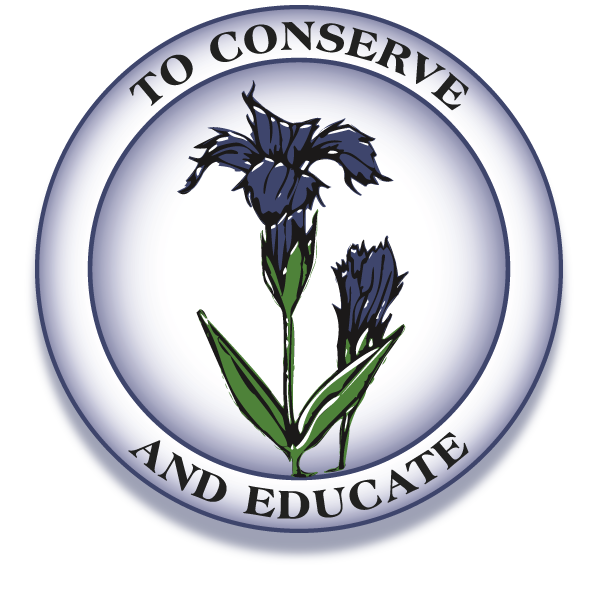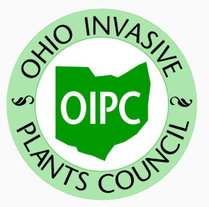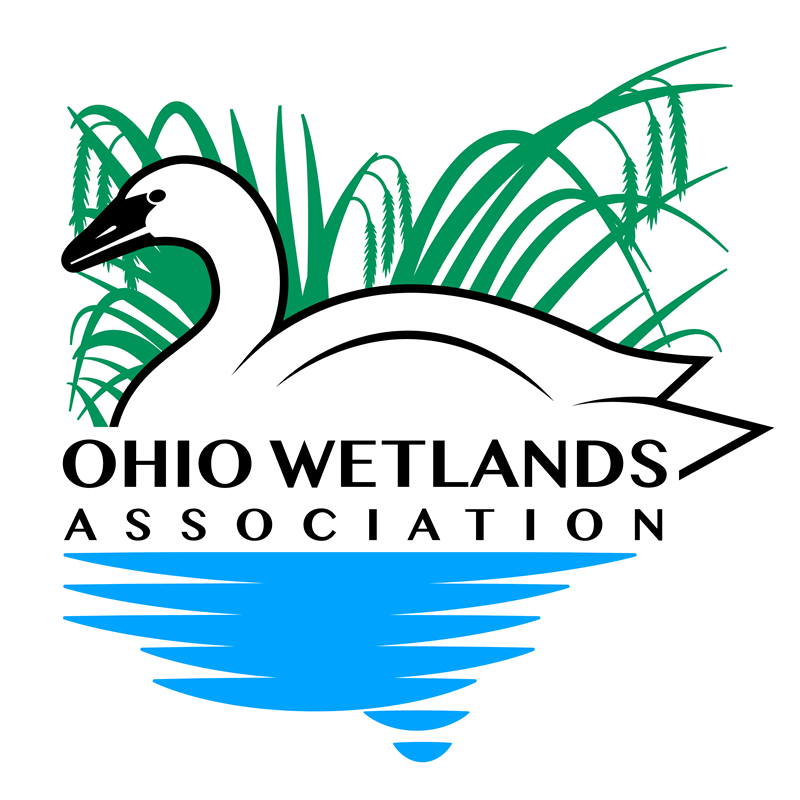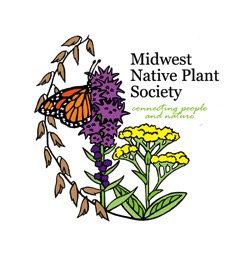
Field Notes
Native Plant Society of Northeastern Ohio
Padanarum Woods in Ashtabula County
26 May 2018
narrative by Judy Bradt-Barnhart
Padanarum Woods, also known as State Line Woods, a seldom visited wood, just beyond the boat trailer parking, is part of Pymatuning State Park and lies on the eastern shore of Pymatuning Lake. Twelve Native Plant Society and NEON members joined Jim Bissell to explore these unique wet woods. Having a classic hummock-hollow topography, it has mounds created by uprooted trees surrounded by wet pockets. Trees were uprooted due to the high water table sitting on a hard clay fragipan, making Ashtabula County the wettest county in the state. Other hummock-hollow habitat was drained for farming.
The acid soils support a wide diversity of plants including:
Canada mayflower, partridgeberry, gold thread, Indian cucumber root, wild sarsaparilla, round-leaf yellow violet, sweet white violet, and several species of sedge, including Carex bromoides, with moss at the base that hosts rare beetles. The arrow-wood viburnum was particularly hard hit by the viburnum leaf beetle with many plants completely skeletonized.
photographs courtesy of Lisa K. Schlag, 2018
Common wood sorrel, Oxalis montana
Making our way around wet pockets to the back of one of the nicest hemlock swamp forests in northeast Ohio, passing through waist-high hellebore and large populations of marsh marigold, we made it to the wood sorrel population finding one flower open. This is the only population in the state. An occasional wood frog or spring peeper would cross our path.
Jim mentioned the hobblebush viburnum had been particularly hard hit by deer. He remembers them being head high now reduced to occasional low shrubs. The deer had also decimated the painted trillium population. We spent some time looking for any remaining plants though they would have been past bloom.
Beech leaf disease was just beginning to make an appearance. Recent research has indicated a nematode in the leaf may be responsible for their demise.
After returning to our cars, a few people followed Jim to McCoy Fen to check on the Trollius laxus population while a couple of us visited the new James K. Bissell Nature Center and gardens at Morgan Swamp.
Beech leaf disease (BLD )
Native Plant Society of Northeastern Ohio, Padanarum Woods created 11.vi.2018
narrative: Judy Barnhart; proofreading: Charles Fletcher; layout & photographs: Lisa K. Schlag


















